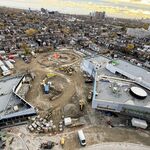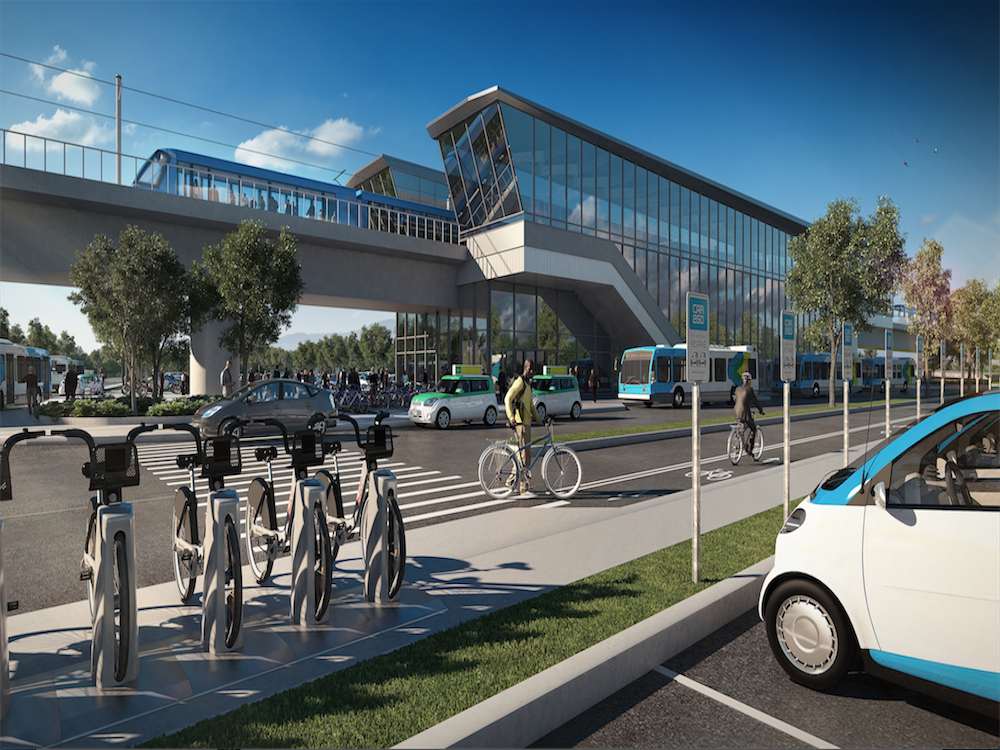steveintoronto
Superstar
Until such time as newer technology (by our standards, we're already over a gen behind most advanced nations) and a more integrated regional system and fares are integrated, there will be no "improvement (in)...operating cost efficiency". In fact just by adding more of the same in terms of 15 min service all day on some lines without matching local service, cost efficiency will actually decline.RER as a dramatic improvement in service levels and operating cost efficiency is definitely still a thing.
Meantime the operating budget for Metrolinx is being slashed, and some very useful if presently underutilized bus services are being axed while QP gets bragging rights for running virtually empty "added trains" every fifteen minutes during the day...DD coach and diesel hauled.
That is the point! They've yet to deliver, and there's scant signs of them doing so. Just adding extra diesel hauled DD 12 car consists mid-day to destinations without a connecting 15 min bus service is just plain waste in the name of 'expansion'.Nascent may be the operative word here!






